Introduction
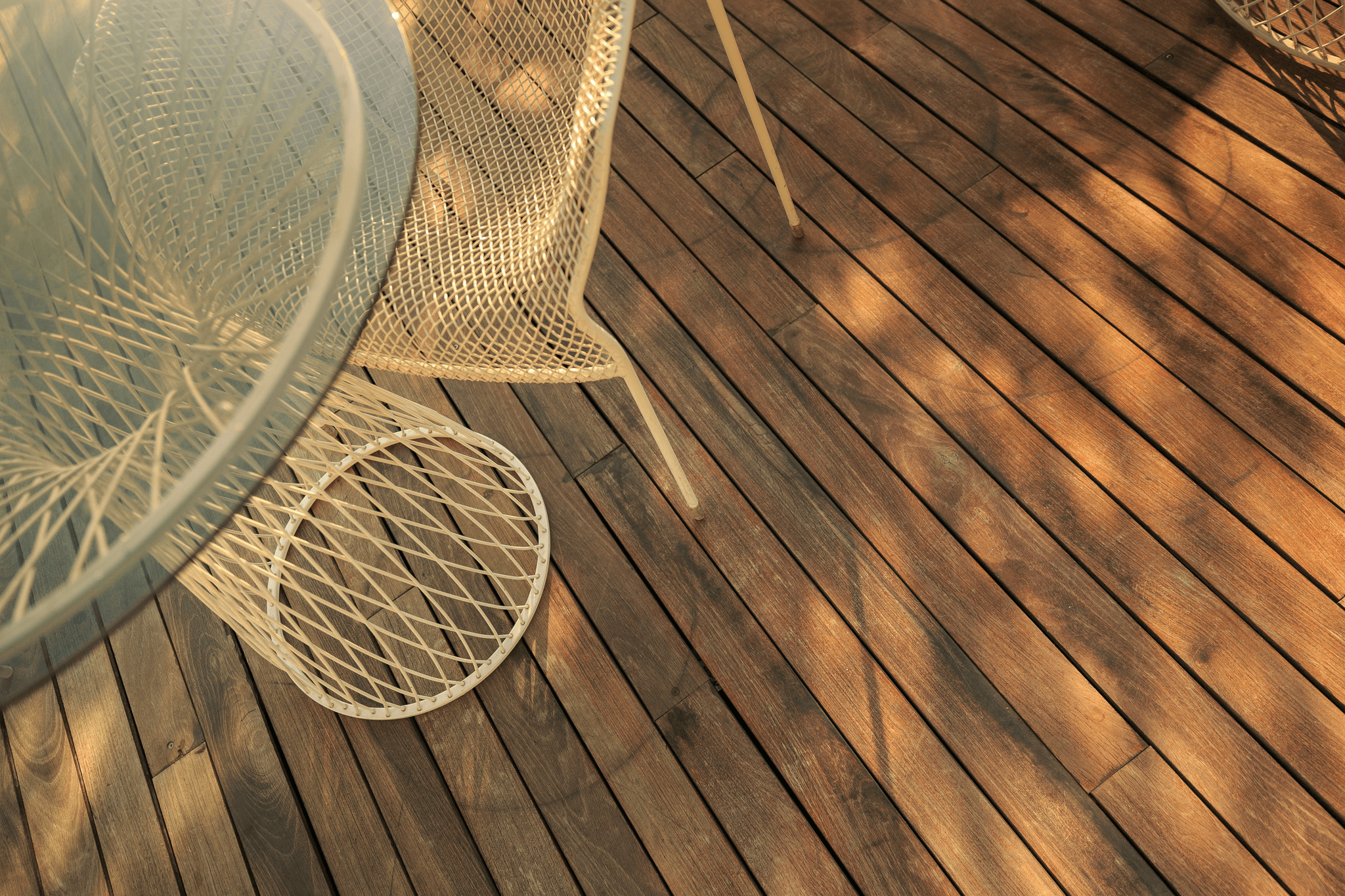
This guide will navigate you through the nuances of decking board options, focusing on why width matters in decking and what popular widths are available on the market today.
Understanding Decking Board Options
Decking boards come in a variety of materials including wood, composite, and PVC, each offering unique benefits and aesthetics. Among these choices, wide timber decking has gained popularity for its bold appearance and structural advantages. However, with various widths available—ranging from narrow to wide—it's essential to consider what are the widths of timber decking before making a decision.
Why Width Matters in Decking
The width of your decking boards can significantly impact both the look and functionality of your outdoor space. Wider boards may reduce the number of seams in your deck, providing a cleaner appearance while also potentially shortening installation time. But how wide can you get decking boards? The answer varies based on material and manufacturer specifications; therefore, understanding width options is key to achieving your desired aesthetic.
Popular Decking Widths Explained
Decking boards typically range from 10cm to 20cm in width; however, specialty sizes can go beyond this range for unique projects or aesthetic preferences. While narrow boards often lend themselves to a more traditional look, wide timber decking creates an expansive feel that’s hard to ignore. So when considering whether wider decking is better or not, it’s crucial to weigh not just style but also how it aligns with practical considerations like maintenance and durability.
The Great Debate: Narrow vs. Wide Timber Decking
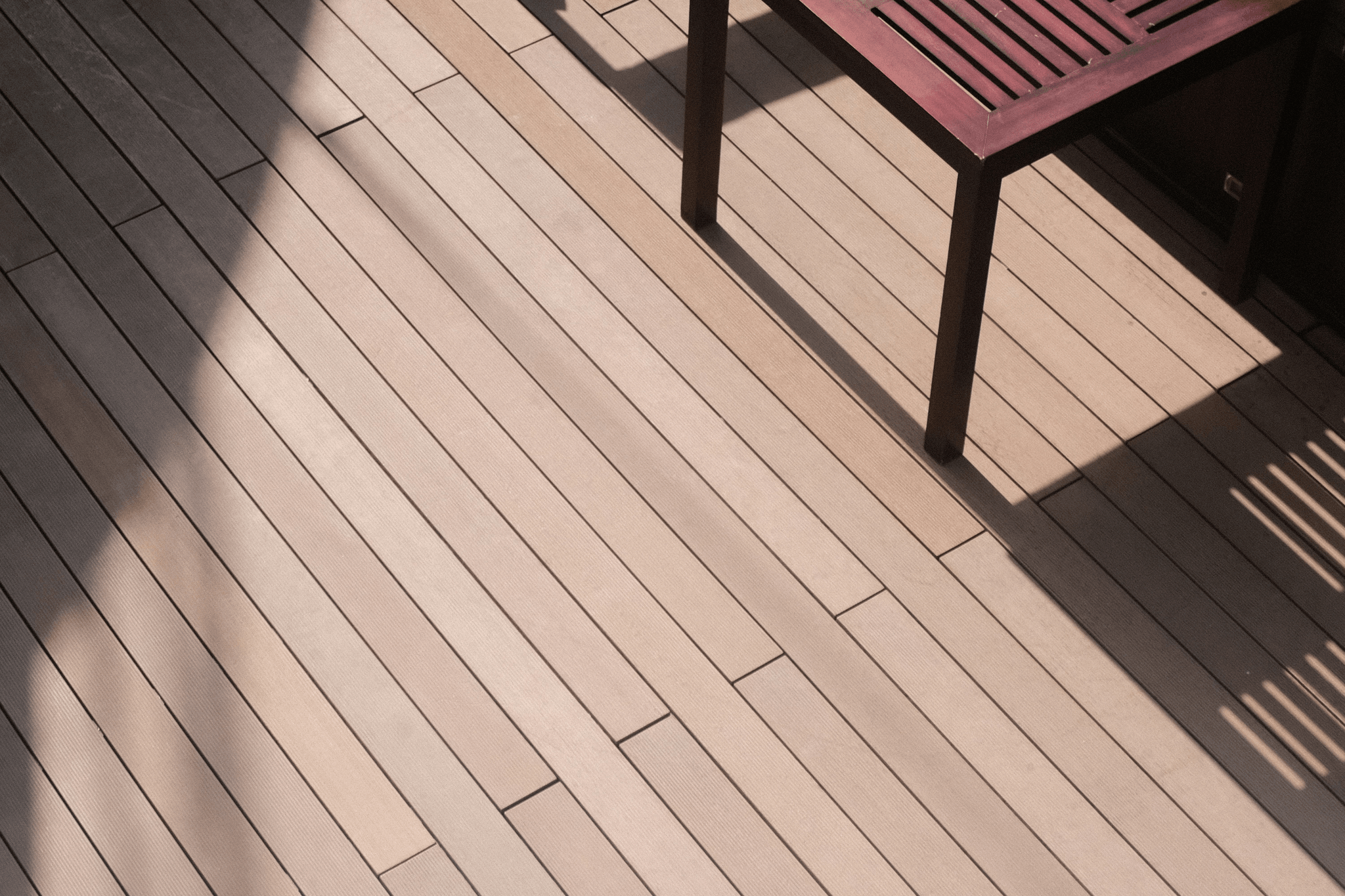
Advantages of Narrow Decking Boards
Narrow decking boards typically offer a few key advantages that can make them appealing for certain projects. First off, they’re often easier to handle and install, especially in tight spaces or intricate designs where precision is paramount.
Another noteworthy advantage is that narrow timber decking tends to be more cost-effective than its wider counterparts. This affordability allows homeowners to stretch their budget further while maintaining a beautiful outdoor space. Plus, with a variety of widths available, you can mix and match sizes for a unique look that adds character without breaking the bank.
Benefits of Wide Timber Decking
On the flip side, wide timber decking has its own set of benefits that make it an attractive option for many deck enthusiasts. One major advantage is the dramatic visual impact wide boards create; they can give your outdoor space a modern and expansive feel that narrower options simply can't match. This aesthetic appeal often leads to fewer seams and joints in your deck design, resulting in a cleaner look overall.
Another significant benefit is durability; wider boards are generally less prone to warping or twisting over time compared to narrower ones when properly sealed and maintained. They also tend to require fewer fasteners during installation, which not only saves time but also enhances structural integrity by reducing potential weak points on your deck surface. When considering how wide you can get decking boards without sacrificing quality or safety, wider options frequently stand out as reliable choices.
Aesthetic Impact of Decking Width
The width of your decking boards plays a crucial role in determining the overall aesthetic appeal of your outdoor space—after all, looks matter! Narrow boards often lend themselves well to traditional or rustic designs while offering versatility in patterns such as herringbone or diagonal layouts that draw attention without overwhelming the senses. In contrast, wide timber decking tends to evoke a contemporary vibe; it's perfect for minimalist designs where simplicity reigns supreme.
Moreover, consider how different widths interact with surrounding elements like furniture or landscaping features; wider boards may complement larger outdoor furniture arrangements beautifully while creating an inviting atmosphere for gatherings with family and friends. Conversely, if you have tighter spaces or intricate landscaping elements nearby, narrow widths might harmonize better by allowing more room for creativity without cluttering up the area.
Ultimately, whether you're leaning towards narrow or wide options depends on personal taste as well as practical considerations like maintenance needs and structural integrity—so weigh these factors carefully! As we move forward into discussing specific board sizes next (What are the widths of timber decking?), keep these insights about aesthetics fresh in mind!
What Are the Widths of Timber Decking?
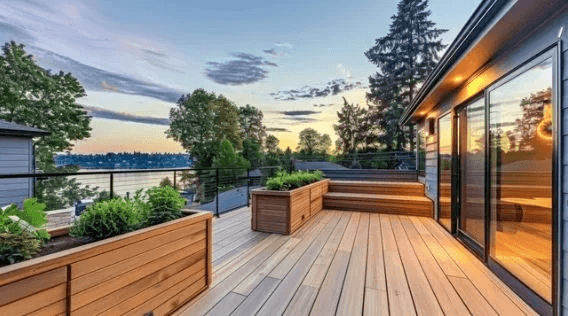
When embarking on a decking project, one of the most common questions is, What are the widths of timber decking? Understanding the various widths available can significantly influence both aesthetics and functionality. Whether you opt for narrow or wide timber decking, knowing your options will help you make an informed choice that suits your style and needs.
Standard Board Sizes Explained
Standard widths for timber decking typically range from 90mm to 140mm, with some boards even reaching up to 200mm. These sizes are popular among homeowners due to their versatility and ease of installation. If you're pondering how wide can you get decking boards, you'll find that these standard options provide a solid foundation for any deck design while ensuring structural integrity.
Specialty Widths for Unique Projects
For those looking to create something one-of-a-kind, specialty widths are available that can exceed standard dimensions. Boards as wide as 300mm or more can be sourced for unique projects that require a bold statement or specific design elements. However, when considering if wider decking is better, it's crucial to weigh the aesthetic benefits against potential structural challenges.
Regional Variations in Decking Widths
Decking board widths can vary significantly based on regional preferences and availability, so it's wise to check local suppliers for options. In coastal areas, wider timber decking might be favored for its visual impact against ocean views, while urban settings may lean towards narrower boards for a sleek look. Understanding these regional variations not only helps in selecting the right width but also ensures your deck complements its surrounding environment effectively.
How Wide Can You Get Decking Boards?

Maximum Width Options Available
The maximum width for timber decking boards typically ranges from 5 inches to 12 inches, with some specialty options reaching even wider dimensions. While standard widths are popular for their versatility, many manufacturers now offer wide timber decking that can go beyond these traditional sizes. If you’re thinking about making a bold statement with your outdoor space, exploring these broader options might just be the way to go.
Considerations for Wider Boards
Choosing wider boards isn’t just about aesthetics; there are practical considerations to keep in mind as well. Wider timber decking may require additional support due to its increased weight and surface area, which could affect your overall deck design. Furthermore, installation techniques might differ when working with larger planks; ensuring proper spacing is crucial to accommodate natural expansion and contraction.
When Wide Isn’t Better: Structural Concerns
Wider boards can warp or twist more easily if they aren’t properly installed or if they’re exposed to extreme weather conditions without adequate protection. Additionally, if you're asking yourself Is wider decking better? remember that sometimes narrower boards provide greater flexibility in design while maintaining strength and stability.
Is Wider Decking Better?
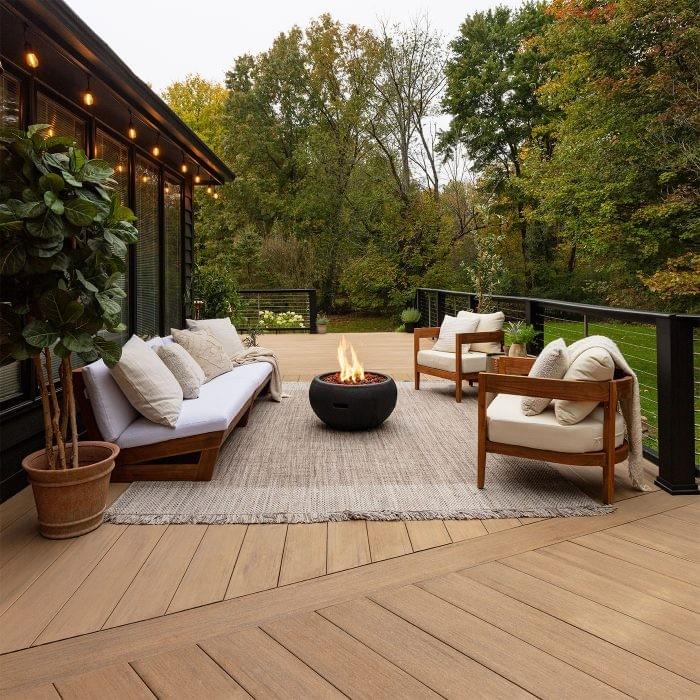
Pros and Cons of Wider Boards
Wide timber decking boards can offer a sleek, modern look that appeals to many homeowners. They tend to create fewer seams, which can result in a more seamless appearance across your deck surface. However, wider boards may also come with drawbacks such as increased susceptibility to warping and buckling in extreme weather conditions.
On the flip side, while narrow boards might seem less visually impactful, they can provide greater stability under certain conditions. Narrower options often allow for better drainage and airflow between the boards. Ultimately, when considering What are the widths of timber decking? both wide and narrow options have their unique advantages and disadvantages.
Durability and Maintenance Factors
When pondering How wide can you get decking boards?, it's essential to consider how width affects durability. Wider boards might require more frequent maintenance due to their larger surface area being exposed to elements like sun or rain. This could lead to increased fading or wear over time compared to narrower options that may be easier to maintain.
Additionally, wider timber decking may necessitate a sturdier substructure for adequate support; otherwise, you could face issues like sagging or cracking over time. Regular inspections become crucial for ensuring longevity if you opt for wider boards since any minor damage could escalate quickly across a larger surface area. Thus, understanding durability is vital when deciding whether Is wider decking better? for your specific needs.
Visual Appeal and Design Flexibility
One of the most compelling reasons people ask about What is the 30cm rule for decking? is its relationship with visual appeal in design choices. Wider timber decking creates an expansive look that can make outdoor spaces feel more open and inviting—a boon for entertaining or relaxing outdoors. This aspect of visual appeal makes wide decks particularly popular in contemporary designs where minimalism reigns supreme.
However, design flexibility is another consideration; while wide boards offer a bold aesthetic statement, they may limit your ability to incorporate intricate designs or patterns into your deck layout compared to narrower options that lend themselves well to creative arrangements. Therefore, whether you're drawn toward wide timber decking or leaning towards something narrower will depend on your overall vision for the space.
The 30cm Rule for Decking
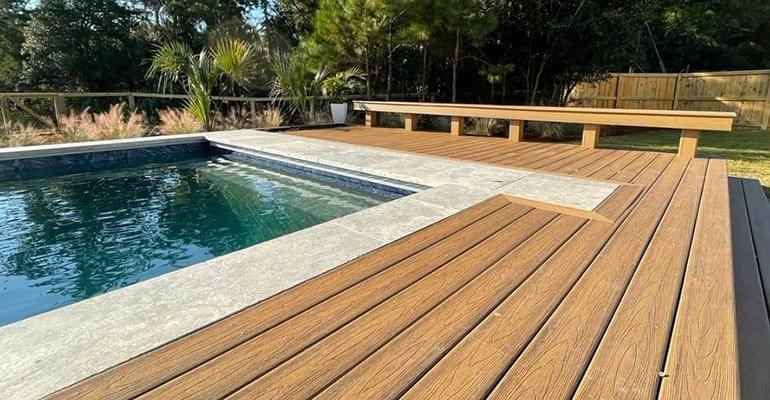
Essentially, this rule suggests that the spacing between deck boards should not exceed 30 centimeters (approximately one foot) for optimal performance and aesthetics. This guideline ensures proper drainage, minimizes warping, and enhances the overall stability of your deck structure.
Understanding the 30cm Rule
The 30cm rule for decking stems from both functional and aesthetic considerations. It helps maintain a harmonious look while allowing water to flow freely through the gaps, reducing potential moisture issues beneath your deck. By adhering to this rule, you can also ensure that your wide timber decking remains visually appealing over time, as consistent spacing contributes to a more polished appearance.
Applications of the Rule in Deck Design
In practical terms, applying the 30cm rule in deck design means carefully selecting widths for timber decking boards that fit within this guideline. For instance, if you're using wider boards—often favored for their bold aesthetic—you'll need to plan your layout accordingly to prevent any unsightly gaps or structural problems. Whether you choose narrow or wide timber decking options, following this rule allows you to create a cohesive look while ensuring durability and safety.
How It Affects Decking Board Choice
The influence of the 30cm rule extends beyond just spacing; it significantly affects which widths of timber decking you'll consider for your project. If you're leaning toward wider boards due to their modern appeal and ease of installation, remember that they must still comply with this spacing guideline to maintain integrity over time. Ultimately, understanding what is the 30cm rule for decking empowers you to make wiser choices regarding board width while balancing aesthetics with practicality.
Conclusion
In the world of decking, making an informed choice can feel like navigating a maze of options. As we've explored, the width of your timber decking plays a crucial role in both functionality and aesthetics. Whether you lean towards wide timber decking or prefer a more traditional narrow board, understanding the implications of your choice will lead to a deck that meets your needs and enhances your outdoor space.
Making an Informed Decking Choice
When considering what are the widths of timber decking, it’s essential to weigh the pros and cons of each option available. Narrow boards may offer ease of installation and a classic look, while wide timber decking can provide a modern feel with fewer seams. Ultimately, your decision should align with how you plan to use your deck and the style you wish to achieve.
Additionally, understanding how wide you can get decking boards is vital for ensuring structural integrity and aesthetic appeal. Wider boards can create stunning visual statements but may require additional support depending on their length and material. So before committing to any specific width, consider both design aspirations and practical requirements.
Expert Insights from Composite Decking Inc
According to experts at Composite Decking Inc., one key question often arises: is wider decking better? They emphasize that while wider boards can enhance visual impact, they also come with maintenance considerations that shouldn't be overlooked. Their insights reveal that choosing between narrow and wide options isn't just about looks; it's also about longevity and upkeep over time.
Moreover, these experts highlight the significance of understanding what is the 30cm rule for decking when planning your project. This guideline helps ensure proper spacing for expansion and contraction in various weather conditions—essential knowledge for any homeowner looking to make an informed choice about their deck's width. Armed with this information from industry leaders, you're better equipped to decide on the best width for your unique situation.
Final Thoughts on Decking Widths
In conclusion, whether you're drawn to narrow or wide timber decking options, remember that each has its own set of advantages tailored for different needs. The question is wider decking better? often leads back to personal preference combined with practical considerations like durability and maintenance demands. As you embark on this exciting journey toward creating your perfect outdoor space, keep in mind all facets discussed here—especially how what are the widths of timber decking available can affect both form and function.
Ultimately, by applying insights like those from Composite Decking Inc., along with adhering to guidelines such as the 30cm rule for decking design applications, you'll be well on your way toward crafting a deck that not only looks great but stands up against time's tests too!
